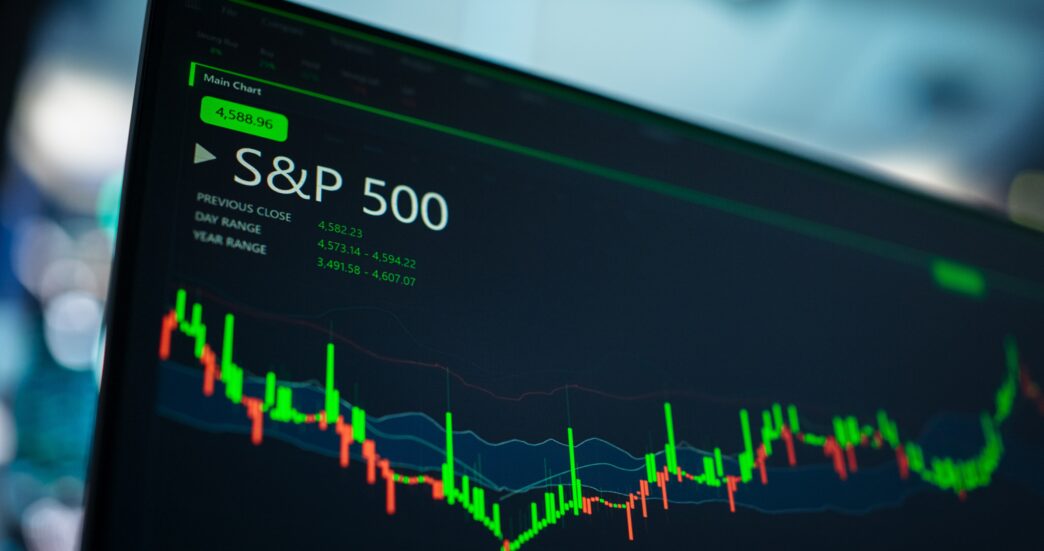Executive Summary
The Story So Far
Why This Matters
Who Thinks What?
U.S. stock market indexes experienced a notable decline in early November 2025, with the S&P 500 falling 1.6% and the technology-heavy Nasdaq Composite tumbling 3%. This downturn, the Nasdaq’s worst weekly performance since President Trump announced sweeping tariffs in April, occurred amid a confluence of concerning economic indicators, including a historically high S&P 500 valuation and a near-record low consumer sentiment reading.
Economic Headwinds Emerge
Investors are grappling with multiple economic anxieties. A government shutdown had persisted for a record 40 days as of November 9. Concurrently, the labor market showed signs of weakening, with hiring slowing sharply over the summer and layoffs reaching a 22-year high in October, according to outplacement firm Challenger, Gray & Christmas.
Despite these concerns, S&P 500 companies are reporting third-quarter earnings that have surpassed Wall Street’s expectations. Earnings are also on pace to achieve double-digit growth for the fourth consecutive quarter, indicating a disconnect between corporate performance and broader market sentiment.
Consumer Sentiment Nears Historic Low
The University of Michigan Consumer Sentiment Index registered a preliminary reading of 50.3 in November, marking the second-worst result in the survey’s nearly five-decade history. This index, which gauges consumer perceptions of personal finances and business conditions, has now deteriorated for four consecutive months.
Alongside the decline in sentiment, consumer expectations for inflation have risen. Consumers anticipate inflation to reach 4.7% over the next 12 months, a slight increase from the previous month and above the five-year average of 4.1%. This aligns with concerns expressed by businesses, as 42% of S&P 500 companies cited inflation as an issue during their latest earnings calls, a 6-point rise from the prior quarter.
S&P 500 Valuation Reaches Historic High
In late October, the S&P 500 achieved a forward price-to-earnings (P/E) ratio of 23.1, a valuation level seen only once before in the last 25 years, according to FactSet Research. The previous instance occurred in September 2020, when investors displayed high confidence in the Covid-19 recovery, supported by government stimulus measures.
That prior period of elevated valuation ultimately preceded bear markets for all three major U.S. stock market indexes. The S&P 500 dropped 25% by October 2022 after peaking in January 2022. The Nasdaq Composite fell 36% by December 2022 from its November 2021 peak, and the Dow Jones Industrial Average declined 22% by September 2022 after peaking in January 2022.
Outlook
The combination of weakening consumer sentiment, rising inflation expectations, a fragile labor market, and a historically high S&P 500 valuation suggests a period of heightened uncertainty for the U.S. stock market. Consumer spending, which accounts for approximately two-thirds of gross domestic product, remains a crucial driver of economic expansion, and its suppression could have broader implications.








